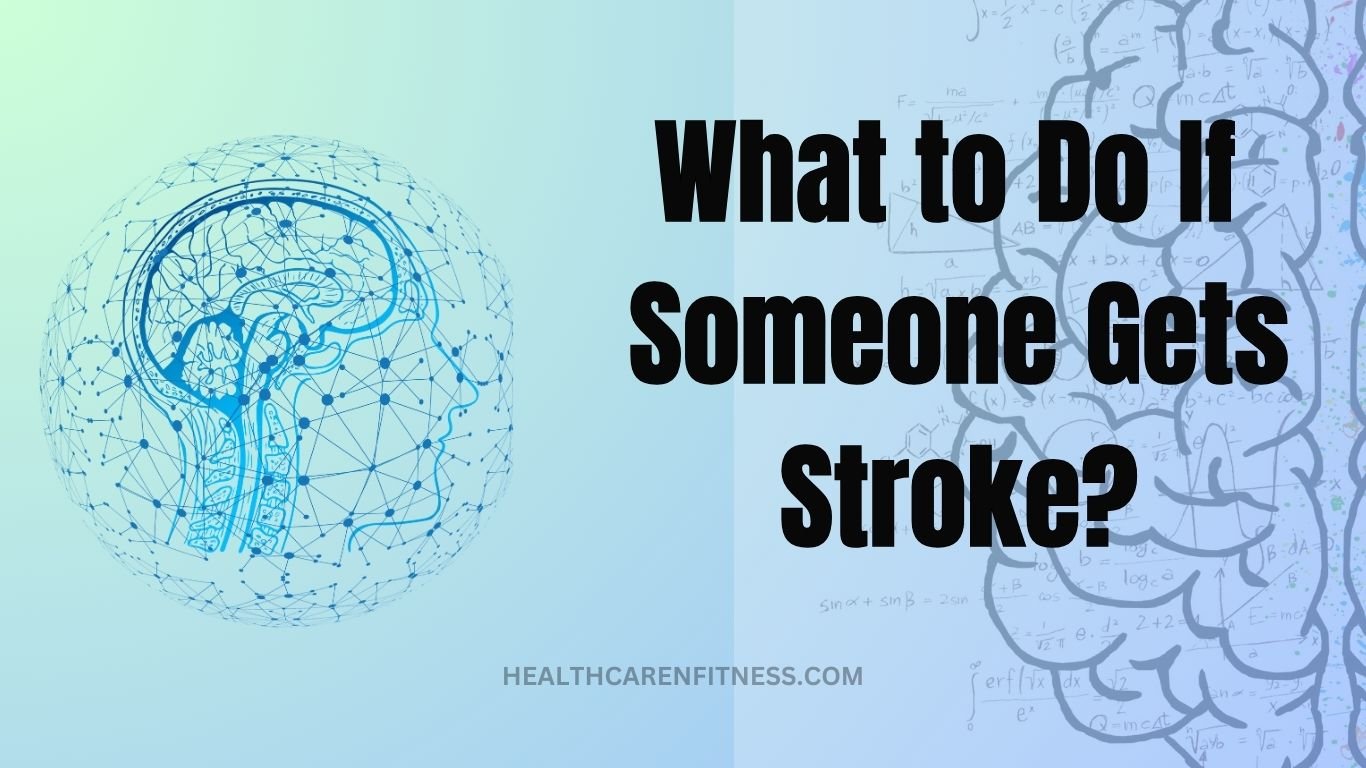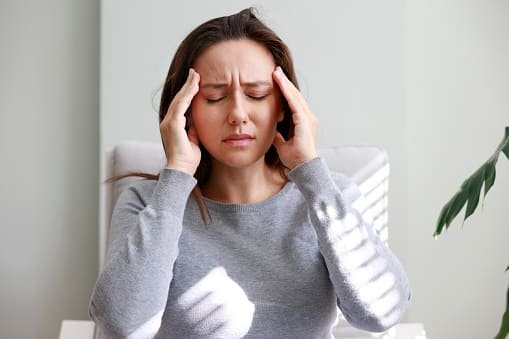
Introduction
A brain stem stroke is a medical emergency that occurs when the blood supply to the brain is interrupted or reduced, leading to the death of brain cells. It is crucial to act quickly if someone experiences a stroke to minimize the potential damage and increase the chances of a successful recovery. In this article, we will discuss what to do if someone has a brain stroke, covering topics such as brain stem stroke, normal brain MRI, chances of surviving a stroke, alpha brain, normal CT scan of the brain, left-side brain stroke, right-side brain stroke, and brain stem stroke recovery exercise.
1. What is a Brain Stem Stroke?

A brain stem stroke, also known as a cerebrovascular accident (CVA), occurs when the blood supply to the brain is disrupted, leading to the deprivation of oxygen and nutrients to brain cells. This interruption can happen due to a blocked or burst blood vessel. The lack of blood flow causes brain cells to begin dying within minutes, making it a medical emergency that requires immediate attention.
2. Recognizing the Symptoms
Identifying the symptoms of a stroke is crucial for prompt action. The acronym FAST is often used to remember the common signs:
- Face drooping: One side of the face may droop or become numb.
- Arm weakness: Weakness or numbness may occur in one arm or leg.
- Speech difficulties: Slurred speech or difficulty speaking may be observed.
- Time to call emergency services: If any of these symptoms are present, call for emergency help immediately.
Other symptoms of a stroke may include sudden severe headache, dizziness, loss of coordination, and confusion.
3. Immediate Actions to Take
When someone shows signs of a stroke, every second counts. Here are the immediate actions you should take:
- Stay calm and reassure the person experiencing the stroke.
- Call emergency services immediately.
- Keep the person in a comfortable position, preferably lying on their side.
- Do not offer food, drink, or medications unless advised by medical professionals.
- Note the time when the symptoms started, as it is crucial information for treatment decisions.
4. Calling Emergency Services
Calling emergency services is essential to ensure that the person experiencing a stroke receives immediate medical attention. In many countries, the emergency number is 911. When calling, provide the operator with accurate information about the symptoms and the person’s condition. Stay on the line until instructed otherwise and follow any additional advice provided.
5. Brain Stem Stroke: Causes and Effects
A brain stem stroke occurs when there is an interruption of blood flow to the brain stem, a critical part of the brain responsible for controlling basic bodily functions. It can result in severe impairments and complications, including difficulties with breathing, swallowing, and balance. Immediate medical intervention is crucial in the case of a brain stem stroke.
6. Diagnostic Procedures: Normal Brain MRI and CT Scan
To determine the type and extent of damage caused by a stroke, healthcare professionals may perform diagnostic procedures such as a normal brain MRI (magnetic resonance imaging) or a CT scan (computed tomography) of the brain. These imaging tests help visualize the brain and identify any abnormalities, allowing for a more accurate diagnosis and treatment plan.
7. Understanding the Chances of Surviving a Stroke
Surviving a stroke depends on various factors, including the type of it, the promptness of medical intervention, and the overall health of the individual. While strokes can have devastating effects, advancements in medical care and rehabilitation have significantly improved survival rates and outcomes. Immediate recognition and treatment are key to maximizing the chances of survival and recovery.
8. Alpha Brain and Stroke Recovery
Alpha Brain nootropic is a dietary supplement that helps support cognitive functions, including focus, mental speed, and memory. Ingredients of Alpha Brain’s are medically proven to improve cognitive health including focus, memory and thought processing speed. Supplement has ability to regulate neurotransmitter production and alpha brain wave activity.
9. Left Side Brain Stroke: Impact and Recovery
A left-side brain stroke can lead to various impairments, including right-sided weakness or paralysis, difficulties with speech and language, and problems with logical thinking and decision-making. Recovery from a left-side brain stroke may involve physical therapy, speech therapy, occupational therapy, and cognitive rehabilitation to regain lost functions and improve overall quality of life.
10. Right Side Brain Stroke: Impact and Recovery
In contrast to a left-side, a right-side brain stroke can result in left-sided weakness or paralysis and may cause spatial awareness issues, visual disturbances, and emotional changes. Rehabilitation for a right-side brain stroke often includes similar therapies as those for a left-side, tailored to address the specific challenges faced by the individual.
11. Brain Exercises for Stroke Recovery
Physical and cognitive exercises play a crucial role in stroke recovery. Engaging in regular rehabilitation exercises can help improve mobility, strength, balance, coordination, and cognitive abilities. The specific exercises recommended may vary depending on the individual’s condition and the areas affected by the it. Working with a qualified healthcare professional is essential to developing a personalized recovery exercise plan.
12. Frequently Asked Questions (FAQs)
1. What are the risk factors for a brain stem stroke?
Risk factors for a stroke include high blood pressure, smoking, diabetes, high cholesterol, obesity, physical inactivity, excessive alcohol consumption, and a family history of strokes.
2. Can a brain stroke be prevented?
While it is not always possible to prevent a stroke, certain lifestyle modifications can reduce the risk. These include maintaining a healthy weight, exercising regularly, eating a balanced diet, managing blood pressure and cholesterol levels, avoiding smoking and excessive alcohol intake, and managing chronic conditions such as diabetes.
3. How long does it take to recover from a brain stroke?
The recovery timeline for a stroke varies for each individual and depends on several factors, including the severity of the it, the extent of damage, and the individual’s overall health. Some people may experience significant improvements within a few weeks, while others may require months or even years of rehabilitation.
4. Can physical therapy help in stroke recovery?
Yes, physical therapy is an essential component of stroke recovery. It focuses on improving mobility, strength, and coordination. Brain exercises for stroke recovery and Physical therapists use various techniques and exercises to help stroke survivors regain their independence and improve their quality of life.
5. Is there a difference in recovery between left and right brain strokes?
Yes, the recovery process can vary between left and right brain strokes due to the different functions associated with each side of the brain. Left-side brain strokes may affect language and logical thinking, while right-side brain strokes may impact spatial awareness and emotions. Rehabilitation approaches are tailored to address the specific challenges faced by individuals with each type of stroke.
6. Are there any dietary changes recommended for stroke survivors?
A balanced and healthy diet is crucial for stroke survivors. It should include a variety of fruits, vegetables, whole grains, lean proteins, and healthy fats. Limiting sodium intake, avoiding saturated and trans fats, and managing portion sizes are also important. Consulting a registered dietitian can provide personalized dietary recommendations based on individual needs.
Conclusion
Knowing what to do if someone has a brain stem stroke is of utmost importance to ensure timely intervention and maximize the chances of recovery. Recognizing the symptoms, calling emergency services, and seeking immediate medical attention are crucial steps. Understanding the specific types of strokes, diagnostic procedures, chances of survival, and rehabilitation options empower individuals and their loved ones to navigate the journey of stroke recovery with confidence.
Remember, a stroke is a medical emergency, and time is of the essence. Acting quickly can make a significant difference in the outcome. Stay informed, spread awareness, and prioritize stroke prevention and preparedness to safeguard the well-being of yourself and others.
